I.
- Name three lighting sources and their functions.
- LEDs
LEDs last longer than tungsten lights and don’t produce as much heat so they are much cooler. They are also a lot more energy efficient. Nowadays, they produce very natural looking light, so it’s not too cool or warm, but more like daylight. It creates constant light which makes it easier for the photographer to “see the shot” and set up the lighting as they want it. LEDs are also easy to adjust, so the intensity of the light is better controlled. They also come in a variety of colors, which is great for getting specific affects and reducing the time required for after processing.
- Compact Fluorescent Lights
These are energy-saving light bulbs which produce constant light. They are compact, efficient (4x more efficient than incandescent bulbs(, come in many shapes and sizes, are dimmable, cost efficient and radiate less heat than traditional lights. They last longer and use far less energy than traditional light bulbs, however they are less efficient than LEDs. They are also getting banned in some countries because they contain toxic mercury, which makes their disposal difficult.
- Strobe Lights
This light creates a short burst of light, which is similar to flesh, but it’s more powerful and bright and the burst is shorter than when using flesh. It is great for high speed photography. These lights allow for color temperatur adjustments, which helps with color accuracy. This is especially important and helpful in product photography where the colors must be exact.
- Name two light modifiers and explain the difference between them.
- Reflectors – these cast directional light towards a subject and can be used as fill light. Reflectors come in different colors (white, gold, silver, black, translucent) which can can cast a cooler/warmer/softer/harsher light on the subject. Black reflectors cast shadows.
- Softboxes – they work by confining the light from a lamp into a black box and releasing it through a layer of diffusion material which is covering the front of the box. As the light passes through the white translucent fabric it scatters and softens the light.
- Draw a diagram of and describe the three-point lighting setup.
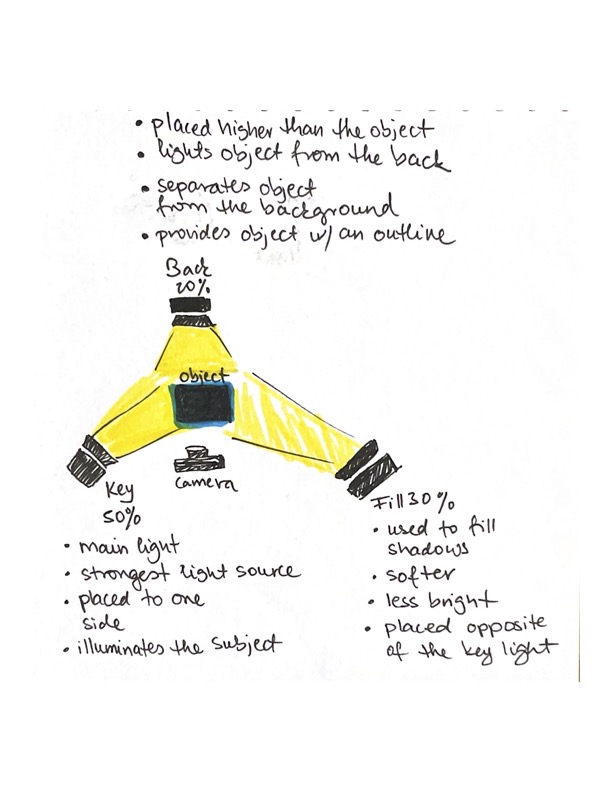
II.
Draw three studio setups for the following subject matters and list all the equipment you would use to light your subjects:
- Portrait
I would use the 3-way lighting setup which is pictured above, if shot in a studio. If I did not have 3 lights, I would try using daylight and a reflector, such as a white board. If I had a 70-200 lens, I would use that.
2. Fashion
3. Beauty
In a magazine or on the internet, find one fashion shot, a beauty shot, and a portrait shot and explain how you think the lighting was set up in each shot.
To be honest, I don’t think I can make accurate guesses just yet, but here they are.
Portrait shot – 3-point lighting with the key light on the left side
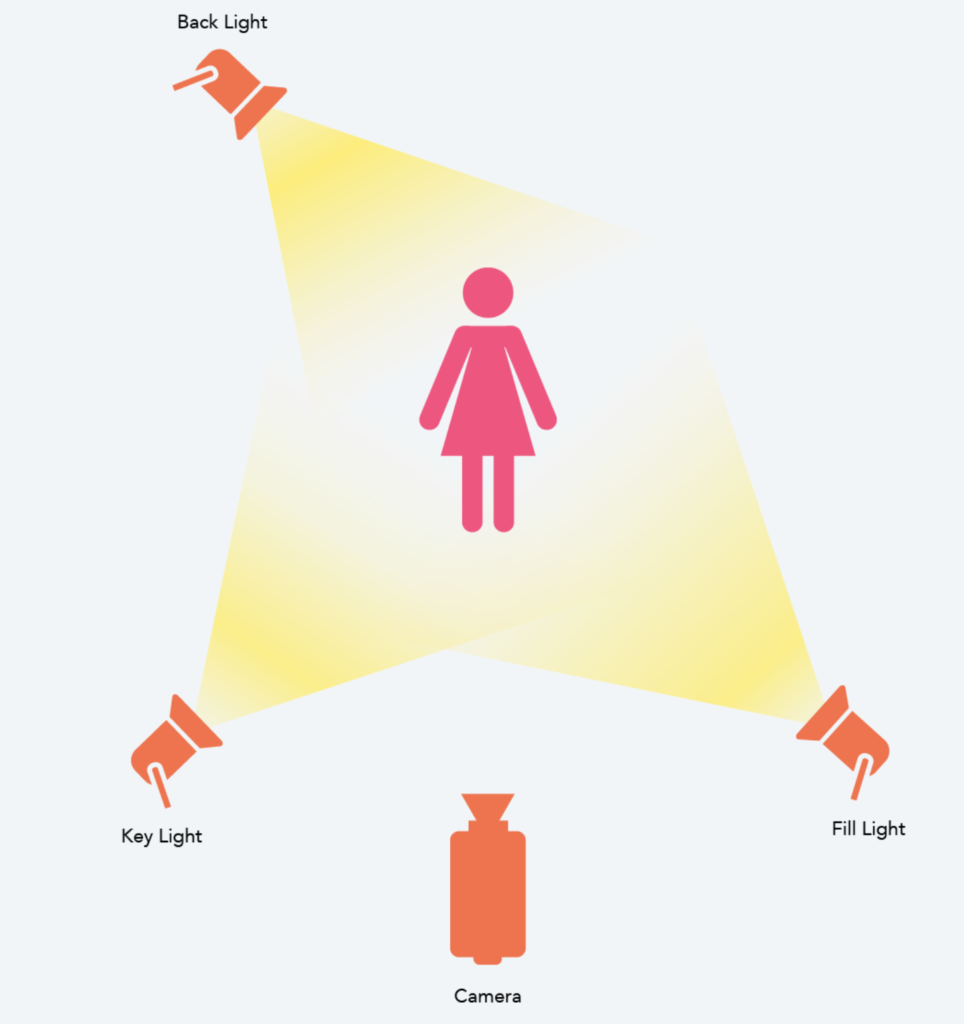
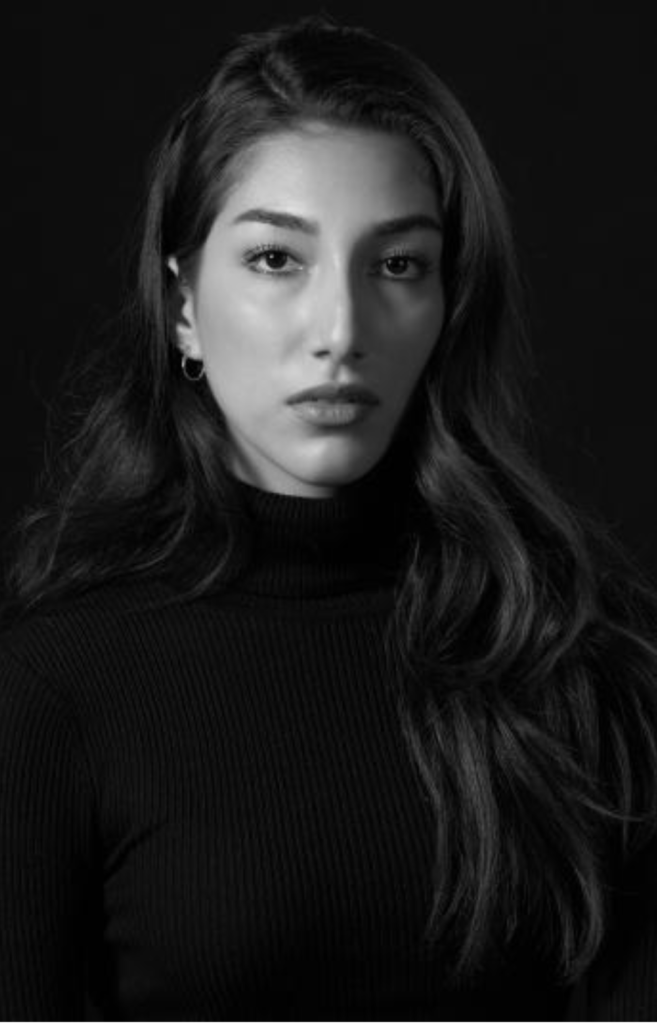
Fashion shot – studio shot with lights, I think strobe lights were used as well.
Maybe something like this:
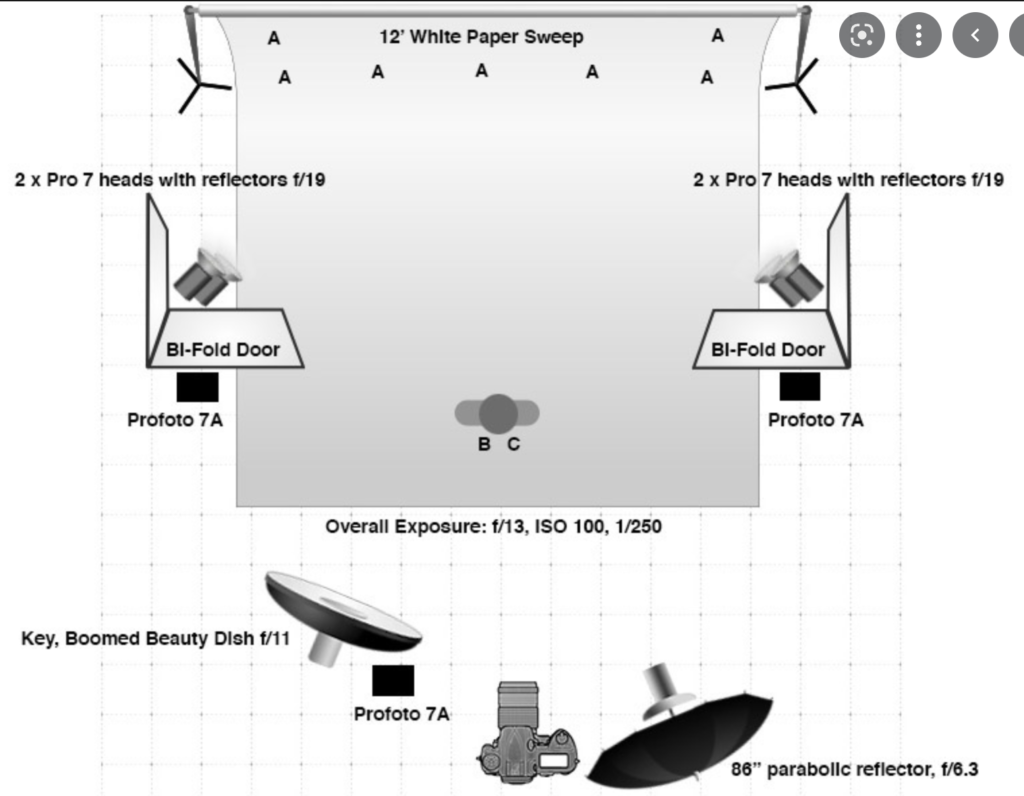
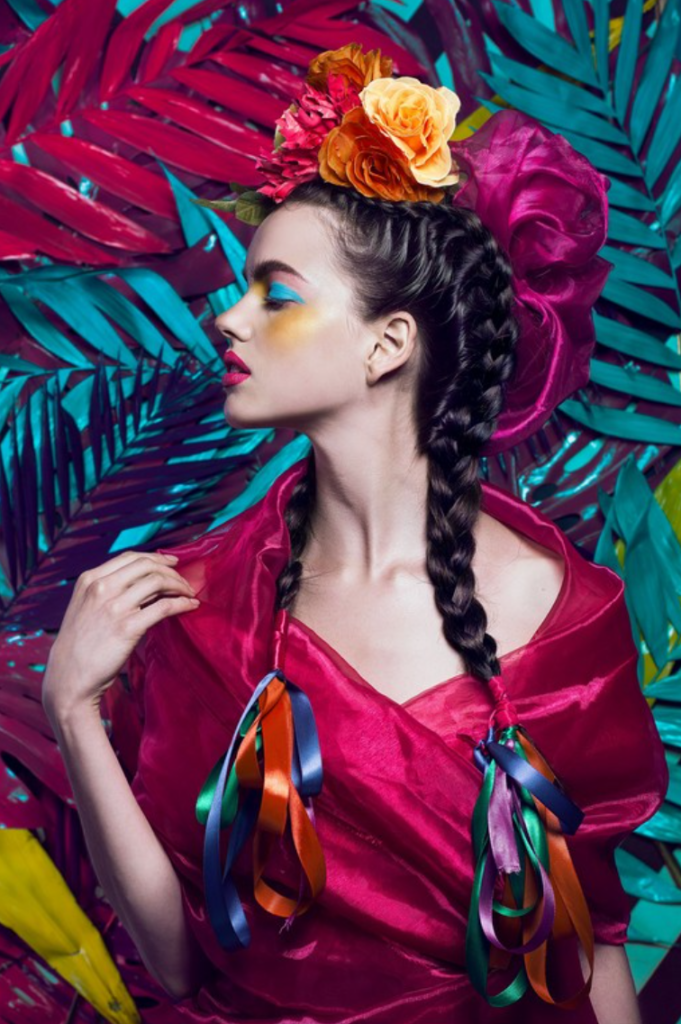
Beauty shot: studio shot with lights. The light side is lit and the left side has more shadow, so the key light is on the right side. At this stage, understanding the lighting setup is very difficult for me though.
It could also be something like this:

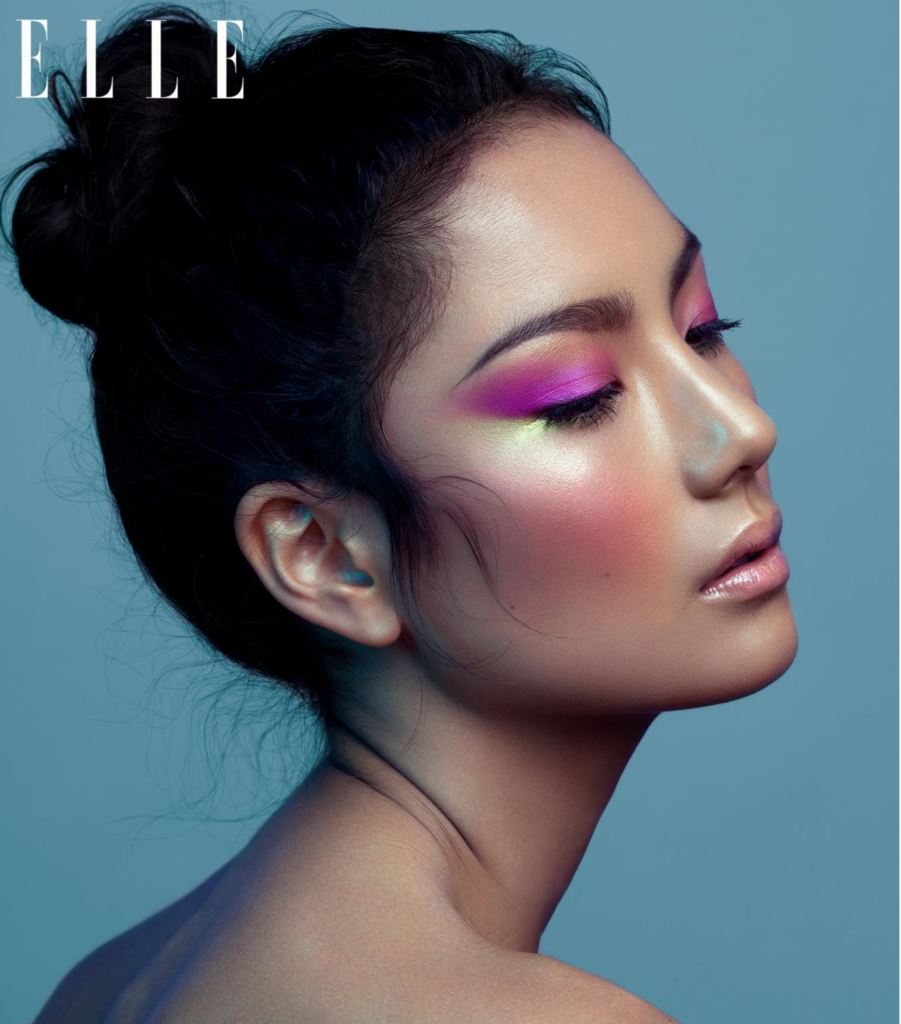
Resources:
https://photographycourse.net/types-of-portrait-photography/
https://www.photoguard.co.uk/strobe-lighting-photography
https://profoto.com/ru/profoto-stories/the-appeal-of-beauty-photography
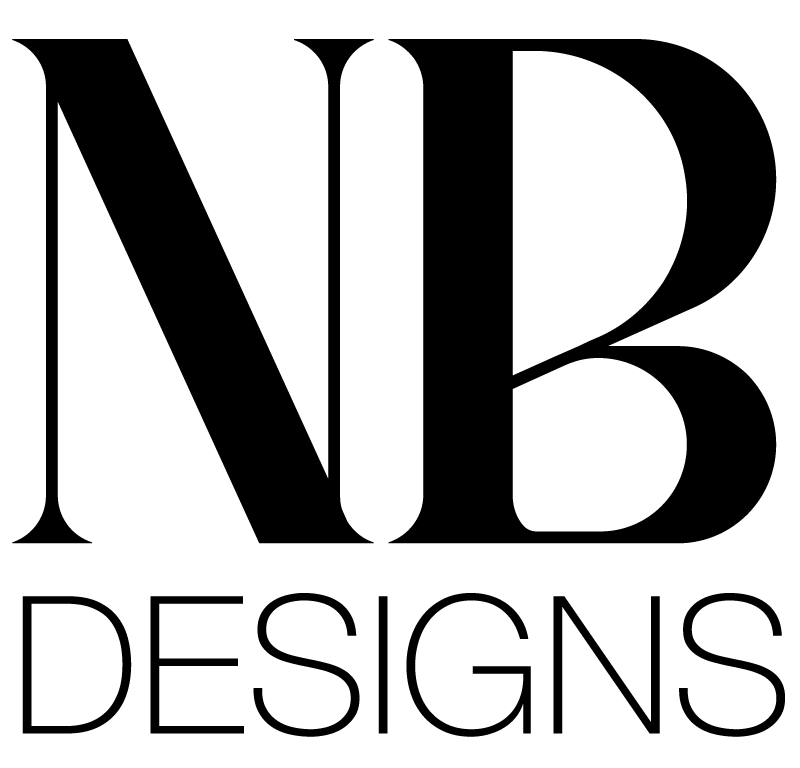
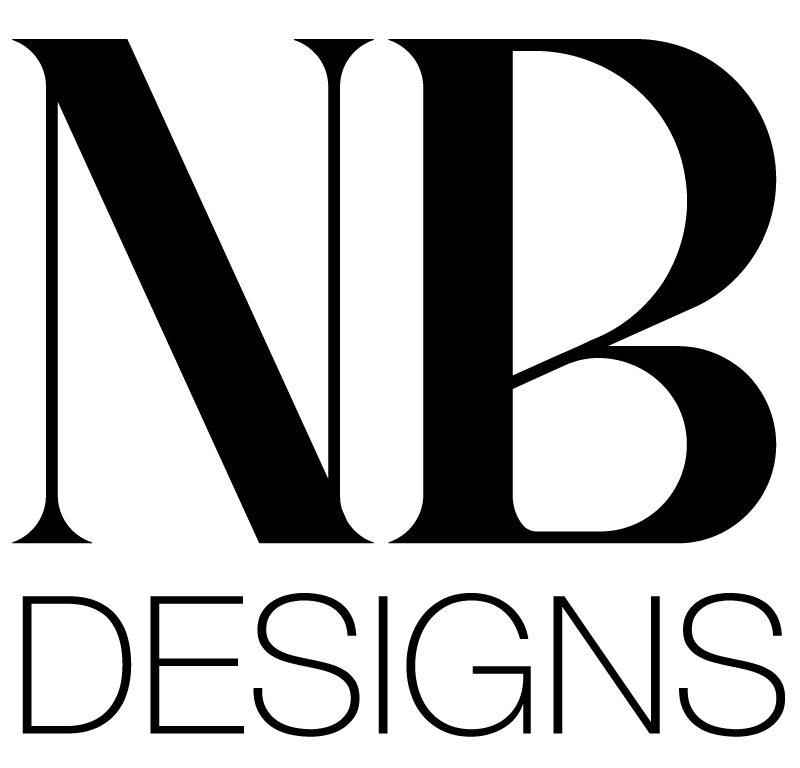
Comments are closed